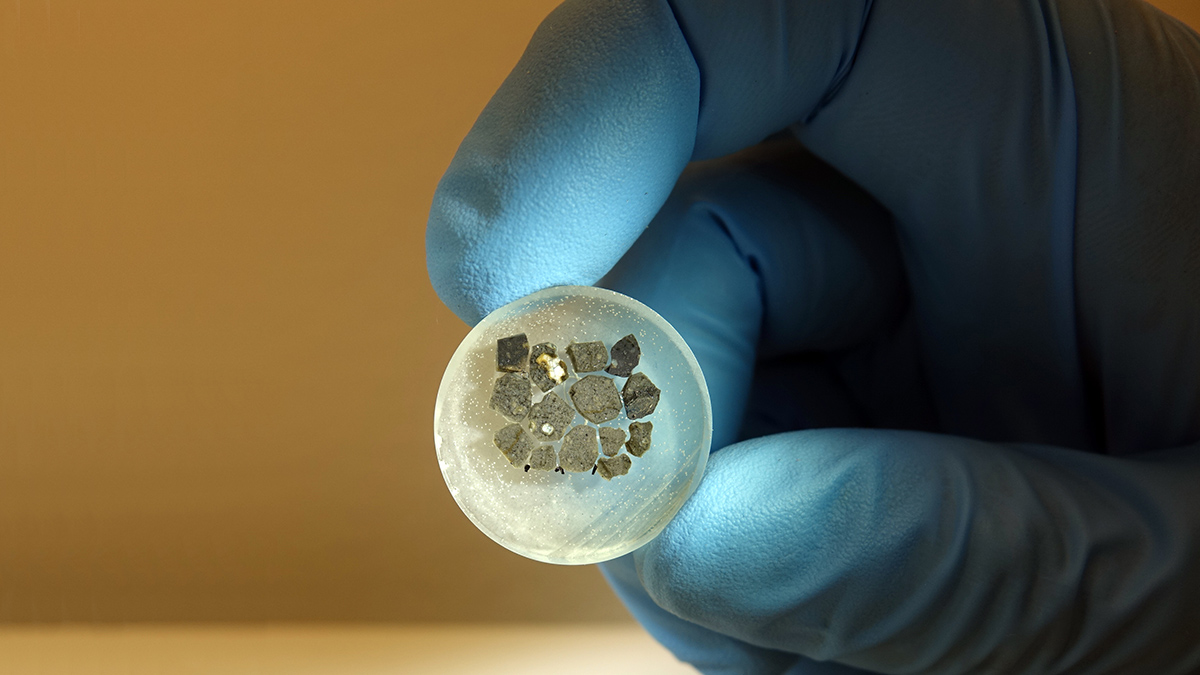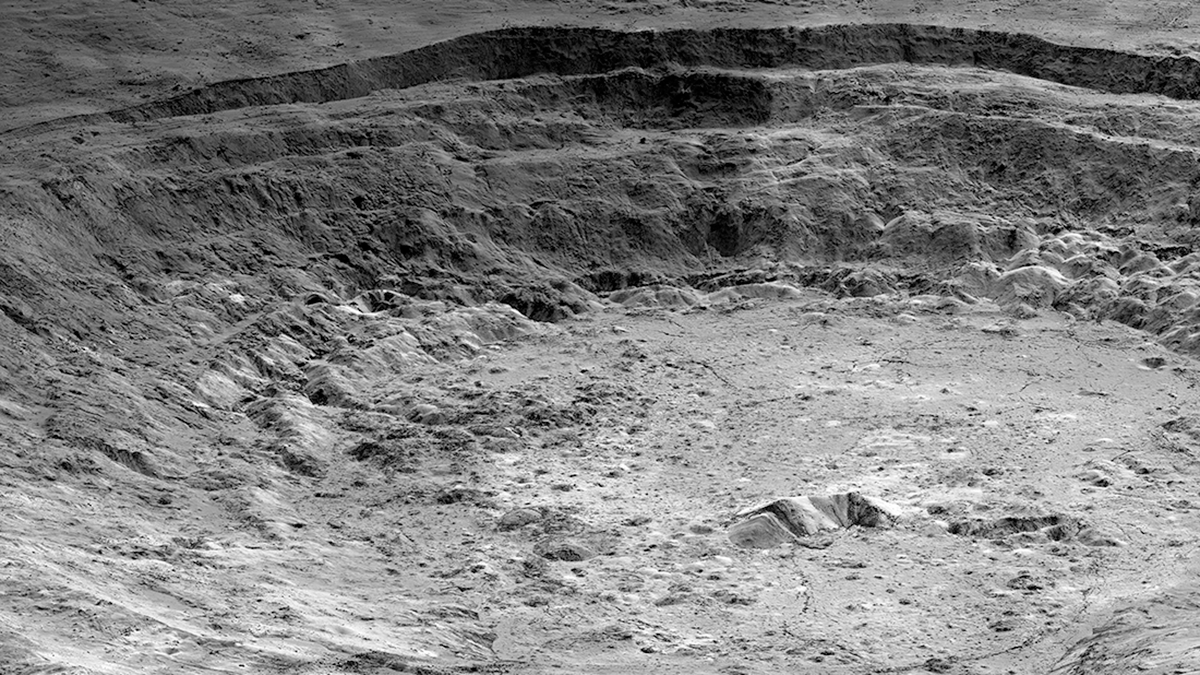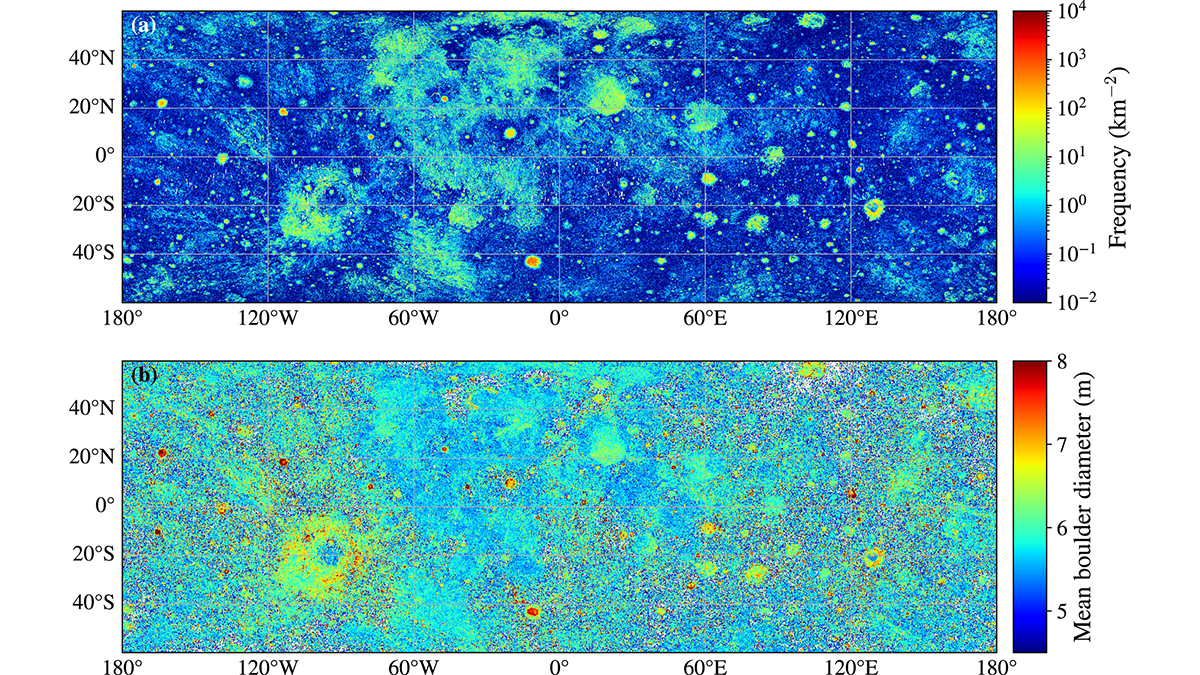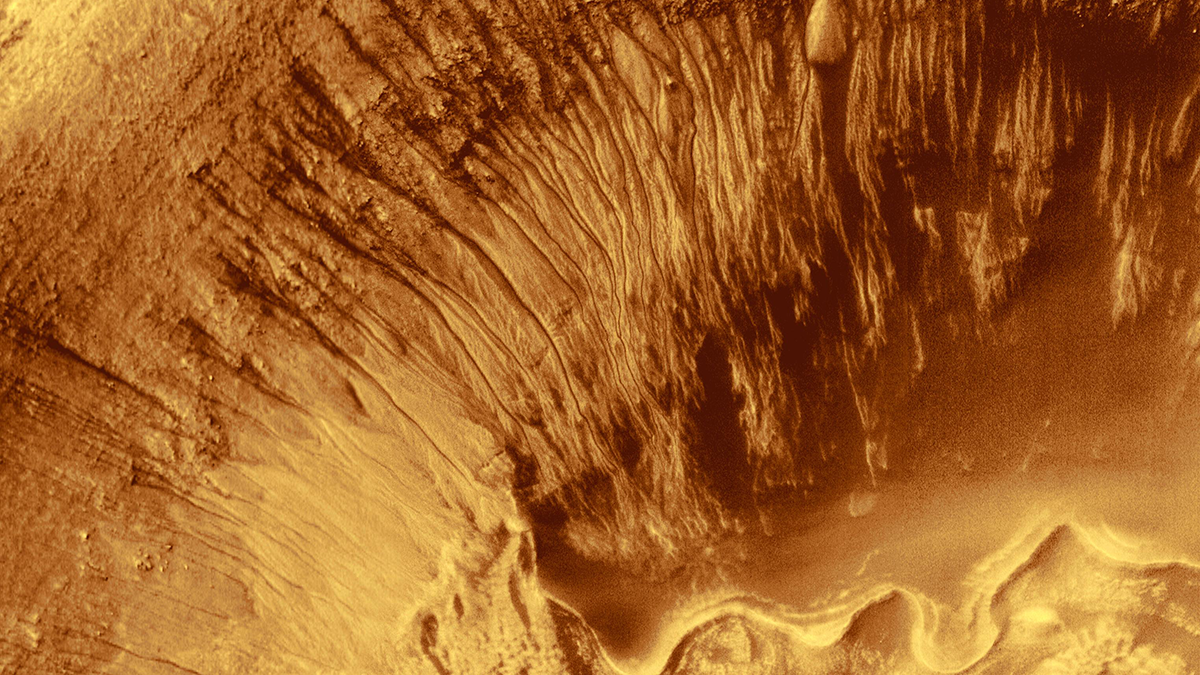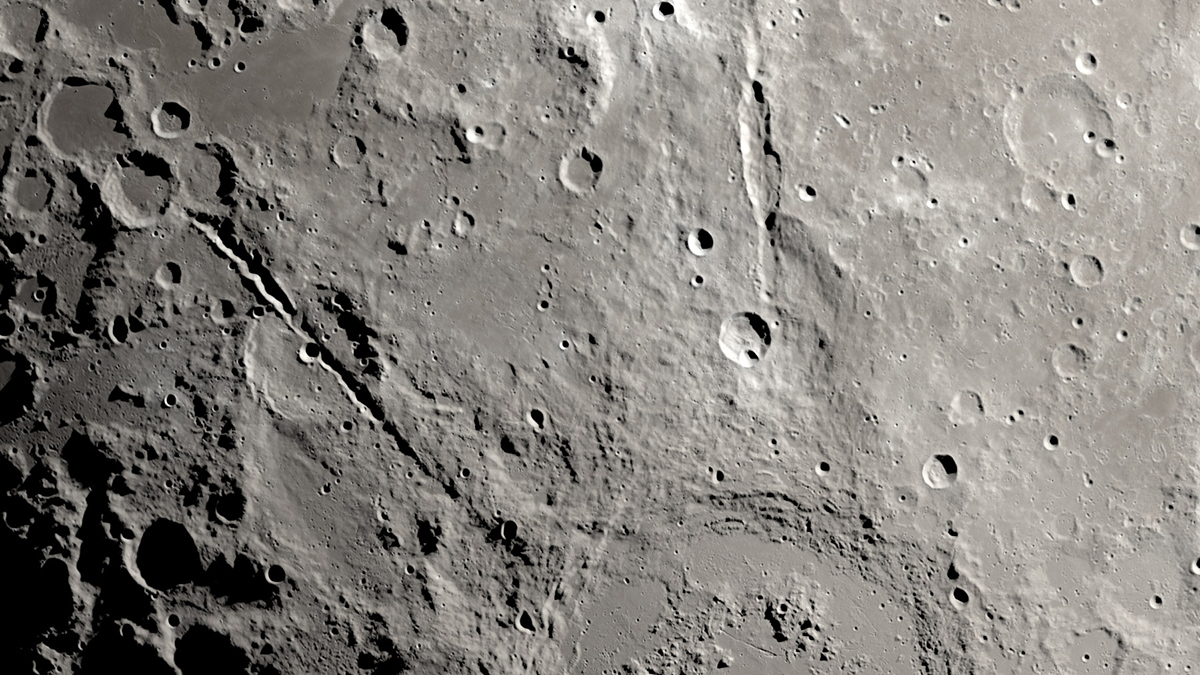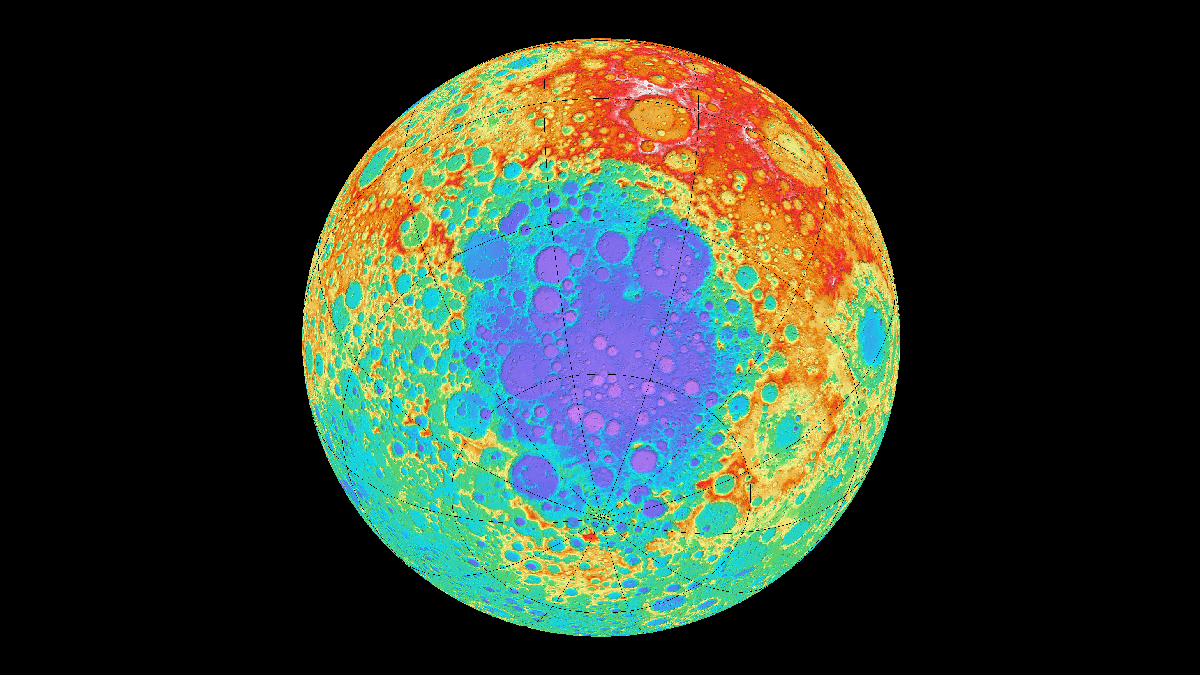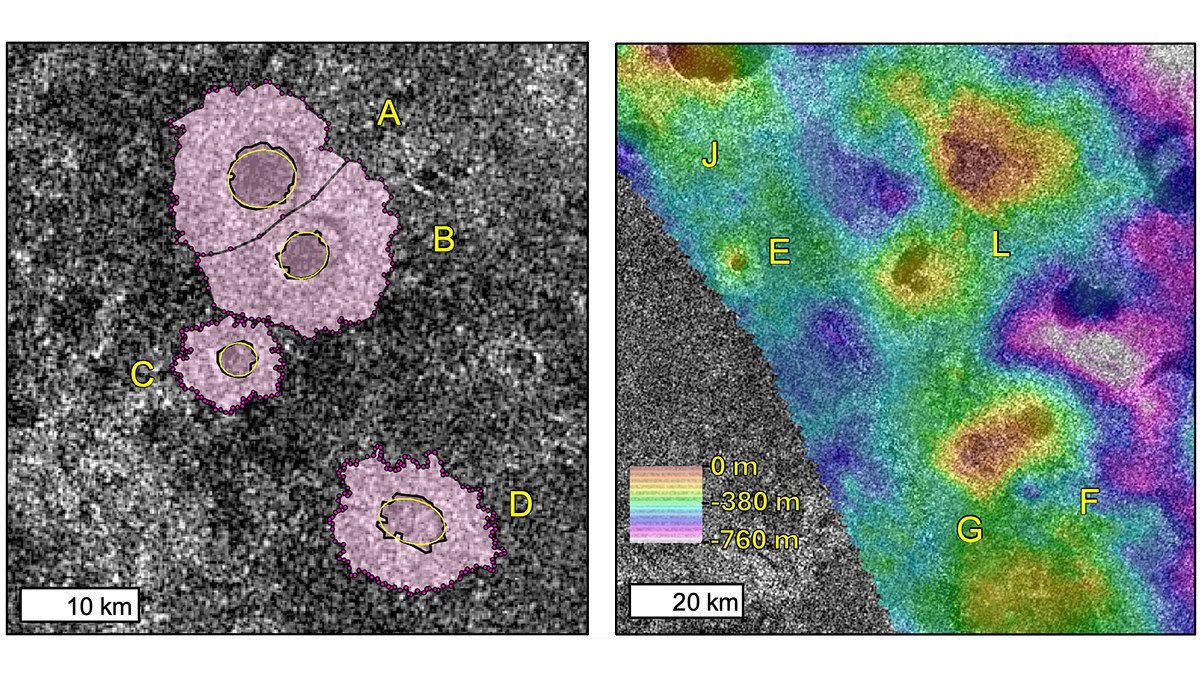After an asteroid struck Finland long ago, microscopic life colonized the impact site within a few million years, new research reveals.
craters
Submerged Crater near Europe Tied to an Impact
New subsurface imaging and rock samples suggest that Silverpit Crater formed from an impact that occurred roughly 45 million years ago.
Gravity with an “Edge”: What Lies Beneath Aristarchus Crater
A method combining three different approaches to the processing and analysis of GRAIL data from the Moon defines areas of sharply contrasting densities beneath Aristarchus Crater.
Scientists Track Down Fresh Boulder Falls on the Moon
By poring over thousands of satellite images, researchers geolocated 245 fresh boulder tracks, revealing signs of seismic activity or impact events within the last half-million years.
Nearly 94 Million Boulders Mapped on the Moon Using Deep Learning
Scientists used a deep learning algorithm to map the size and location of nearly 94 million boulders on the lunar surface, highlighting differences in boulder densities and size distributions.
Geophysics Sheds Light on Early Martian Water and Habitability
A new study uses inversions of orbital gravity and magnetic field data to argue for the presence of ancient, long-lasting hydrothermal systems on Mars.
Impact Spewed Debris Away from the Moon’s South Pole
Two valleys extending away from a giant crater suggest that upcoming Artemis missions are more likely to sample ancient lunar terrain than impactor material.
Meteorite Sheds Light on the Moon’s Impact History
Analysis has revealed the South Pole–Aitken basin is significantly older than other impact basins on the Moon, a finding that has implications for the evolution of the early solar system.
The Explosive Origins of Titan’s Rampart Craters
In a new study, volcanic explosions are explored and modeled to understand the possible origins of rampart craters on Titan and determine whether their formation can source atmospheric methane.

